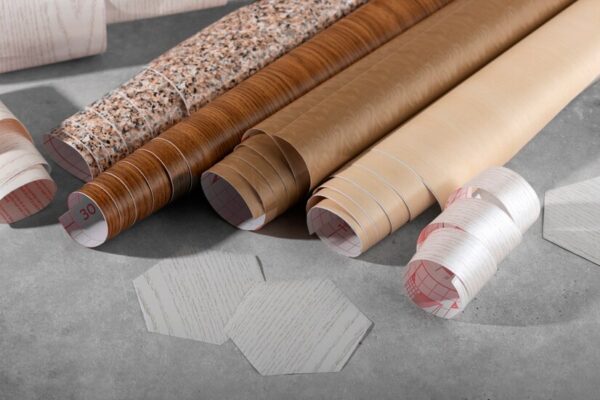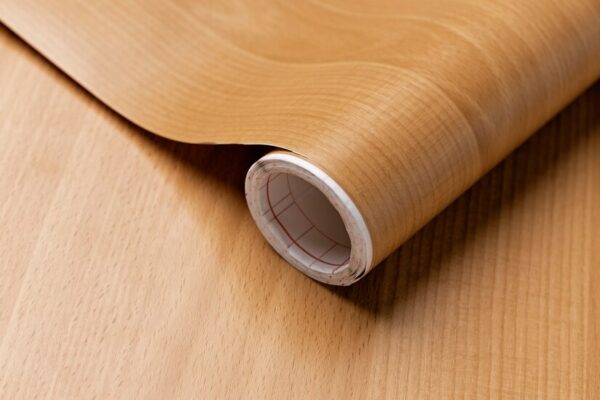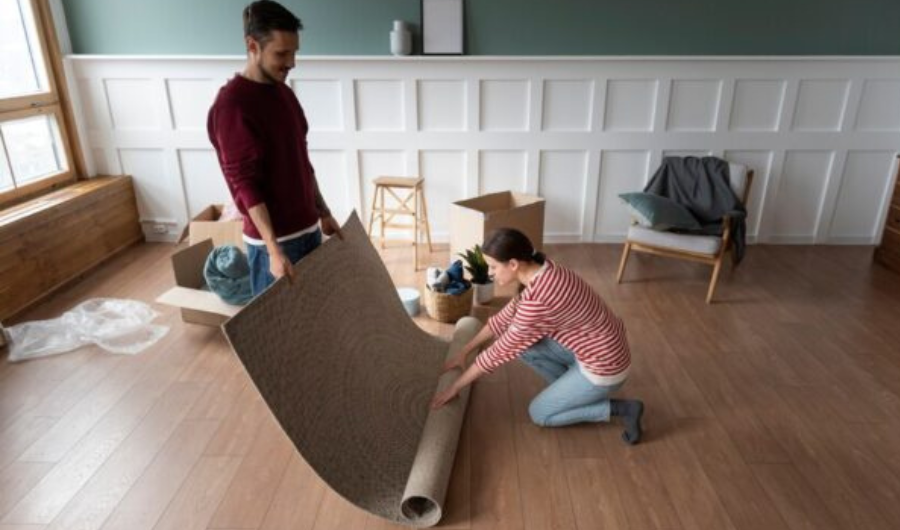Sheet vinyl flooring is a well-liked and reasonably priced choice for both companies and homes. This flooring is appropriate for practically any space because of its strength, resistance to water, and abundance of design options. Sheet vinyl can give your renovation project—whether it’s a kitchen, bathroom, or business space—the style and functionality you want without going over budget.
The benefits of sheet vinyl flooring, installation procedures, and maintenance advice will all be covered in this article. By the time you’re done, you’ll know exactly why this flooring option is still so popular for concrete floor.
What is Sheet Vinyl Flooring?

Sheet vinyl flooring is a type of resilient flooring available in huge, continuous, and flexible sheets. Unlike vinyl tiles or planks, which come in tiny individual pieces, sheet vinyl is often put in one or two large sheets, resulting in fewer seams. It is made of polyvinyl chloride (PVC), which gives it strength, durability, and resistance to water, stains, and scratches.
Key Components of Sheet Vinyl
- Wear Layer: The topmost protective layer that resists wear and tear.
- Printed Design Layer: The layer that gives the vinyl its aesthetic appeal, simulating materials like wood, stone, or tile.
- Foam or Fiberglass Backing: This layer adds cushioning, making the floor more comfortable underfoot and providing insulation.
Benefits of Sheet Vinyl Flooring
There are various reasons why sheet vinyl flooring remains a popular choice among households and businesses.
1. Affordability
Sheet vinyl’s low cost is one of its most significant advantages. Sheet vinyl is much less expensive per square foot than hardwood, tile, or stone flooring. Furthermore, the installation process is frequently faster and easier, resulting in decreased labor expenses.
2. Water Resistance
Sheet vinyl is ideal for moisture-prone spaces including bathrooms, kitchens, and laundry rooms. Its waterproof feature prevents spills and splashes from causing harm, unlike wood or laminate, which can distort when exposed to moisture.
3. Durability
Vinyl sheet flooring can endure high foot activity, making it ideal for both residential and commercial environments. The wear layer on top protects the design against scratches, dents, and fading, ensuring that the floor looks good for years.
4. Wide Range of Styles
Sheet vinyl provides a wide range of design options, enabling you to replicate the appearance of hardwood, stone, or tile. Thanks to developments in printing technology, materials that resemble natural materials may now be imitated with remarkable realism. Because of this, vinyl is a great substitute for getting a high-end look without paying a high-end price.
5. Comfort Underfoot
Sheet vinyl provides a softer surface than hardwood or tile. It is more pleasant to walk or stand on for extended periods of time because of the cushioning provided by the foam or fiberglass backing. Since vinyl absorbs sound better than tougher flooring choices, this feature also contributes to the quieter environment.
Where to Use Sheet Vinyl Flooring
Sheet vinyl flooring is highly versatile and can be used in a variety of settings, including:
- Kitchens and Bathrooms: Its water resistance and easy-to-clean surface make it ideal for these moisture-prone areas.
- Basements: Since it’s not affected by humidity, sheet vinyl is a great choice for basements.
- Commercial Spaces: High-traffic areas such as retail stores, offices, and hospitals can benefit from the durability and low-maintenance properties of vinyl flooring.
How to Install Sheet Vinyl Flooring
Although professional installation is advised for bigger or more complex areas, sheet vinyl flooring installation can be completed as a do-it-yourself project. This is a summary of the procedure:
1. Prepare the Subfloor
Sheet vinyl installation requires a clean, dry, and smooth subfloor. Prior to continuing, any flaws like cracks, lumps, or moisture problems must be fixed. Since vinyl is a thin material, any subfloor irregularity may have an impact on the finished product.
2. Cut the Vinyl to Fit
After taking precise measurements of the space, cut the vinyl sheet to fit. Leaving a small amount of extra vinyl around the edges is a good idea so that you may trim it after the sheet is put down.
3. Lay the Vinyl
You can put vinyl as a loose lay or use glue, depending on the material. If you choose to glue, spread glue throughout the subfloor and gently lay the vinyl, making sure to level it out to prevent air bubbles. To put vinyl loosely, just unroll it, allow it to settle, then fix it with double-sided tape around the edge.
4. Trim the Edges
Once the vinyl is in place, use a utility knife to trim any excess material along the edges. Maintain a little gap between the vinyl and the walls to allow for expansion and contraction.
5. Seal the Seams
If you’re using more than one sheet of vinyl, use seam sealer to make the joints airtight and keep them from lifting over time.
How to Maintain Sheet Vinyl Flooring
One of the advantages of sheet vinyl is its low maintenance requirements. However, regular maintenance will help extend its life and keep it looking good.
1. Regular Cleaning
Sweep or sweep the floor frequently to remove dust and debris that might cause scratches. For a more thorough clean, use a damp mop and a mild, pH-neutral solution developed specifically for vinyl flooring. Avoid using harsh chemicals or abrasive scrubbers, since they might harm the wear layer.
2. Preventing Damage
To prevent dents and scratches, use floor protectors under furniture legs. Consider utilizing rugs or mats to cover the floor in areas where there may be considerable traffic or sharp objects (such as the kitchen).
3. Dealing with Spills
Vinyl is water resistant, but spills should be cleaned up as quickly as possible to avoid stains. Simply wipe the spill with a moist cloth and dry it to prevent water damage to the seams.
4. Resealing the Seams
If the seams between vinyl sheets begin to lift, use a vinyl seam sealant to reinforce them and keep water out.
Common Misconceptions About Sheet Vinyl Flooring

Despite its numerous advantages, there are still some misconceptions regarding sheet vinyl flooring. Let we discuss a few:
1. Vinyl is Outdated
While vinyl was formerly regarded as an inexpensive but unappealing alternative, modern vinyl flooring has improved. With advancements in design technology, vinyl can now replicate high-end materials like mahogany and marble with astonishing fidelity.
2. Vinyl is Hard to Repair
If your vinyl floor is damaged, minor rips or tears may usually be mended with a vinyl repair kit. For more extensive damage, a part of the vinyl can be replaced without having to remove the entire floor.
Final Thoughts
Sheet vinyl flooring provides the ideal combination of price, style, and durability. Its water resilience, low maintenance requirements, and diverse design options make it suited for a wide range of applications, from residential to commercial. Whether you need a low-cost flooring solution or a fashionable, durable surface for high-traffic areas, sheet vinyl is a great option to investigate.
With appropriate installation and upkeep, sheet vinyl flooring may give you with a beautiful and functional floor that will last for many years.

